#Landscape Language
Text

Landscape Language
Zygomorphic (adj) – flower that divides along an axis into mirror-like parts
Also known as bilateral symmetry, zygomorphic flowers have an irregular flower structure that can be divided into mirrored halves. Classic examples are members of the orchid family, such as the Calypso orchids found in Mount Rainier National Park. Calypso orchids have a crown of five petals and a slipper-shaped lower lip that forms a mirror image if you imagine a vertical axis splitting the flower in half. In addition to the 15 orchid species found in the park, other examples of zygomorphic wildflowers include monkeyflowers and penstemons.
NPS Photo of Calypso orchids in the Longmire area, April 2016. ~kl
132 notes
·
View notes
Text
Valerio Minato's photo that won the Astronomy Picture of the Day Contest by NASA on December 25th, 2023.
In the picture: the moon, the Monviso Mount and the Basilica of Superga (on the Superga hill) outside Turin are all aligned. it took him 6 years to take this shot (and I take it as an example to never give up on your dreams).
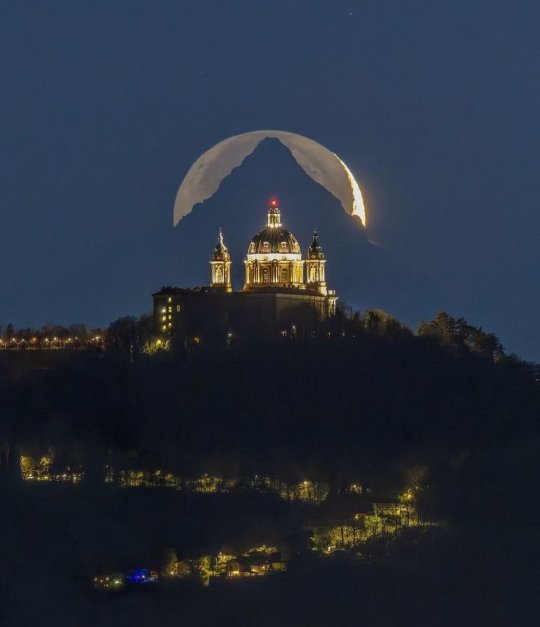
#it#italians#italian things#italian stuff#not language#photography#nasa#italian#landscape#astronomy#italian places#visit italia#visit italy#torino#turin#superga#piedmont#piemonte#piemonte power
4K notes
·
View notes
Text
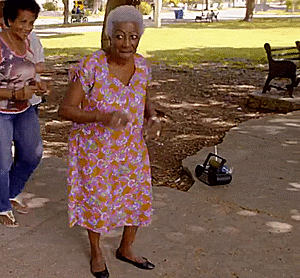
#Cuba#Nigerian#african#afrakan#kemetic dreams#africans#brownskin#brown skin#afrakans#african culture#afrakan spirituality#african landscape#African language#Cuban language#spainish#lucumi#Yoruba#epic video
153 notes
·
View notes
Text



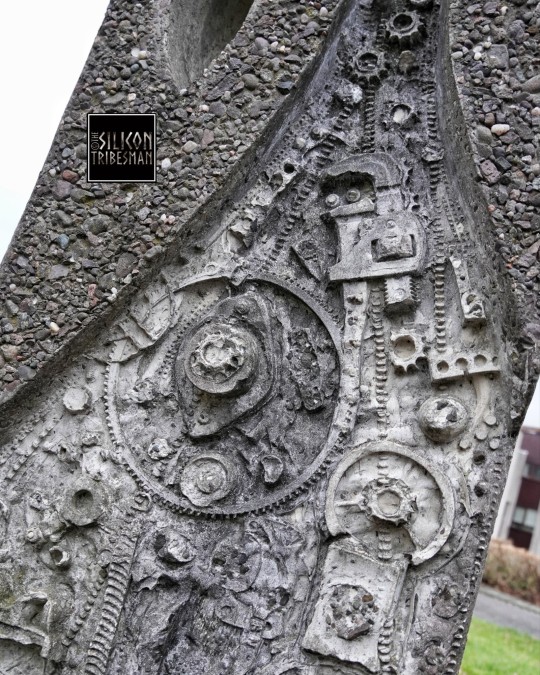

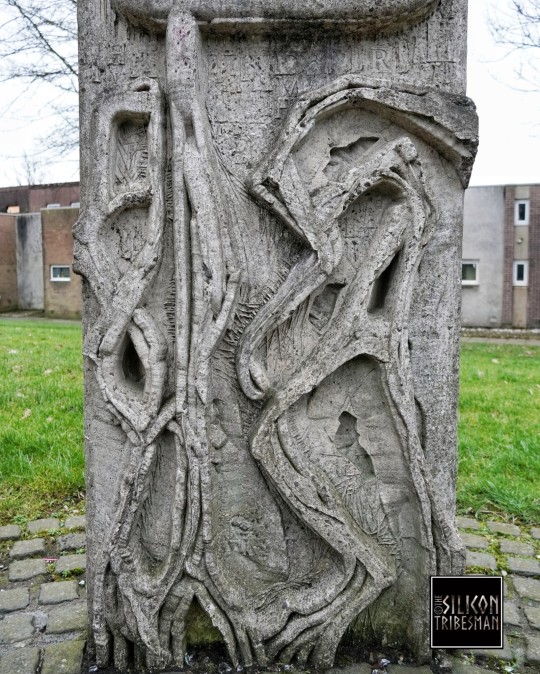
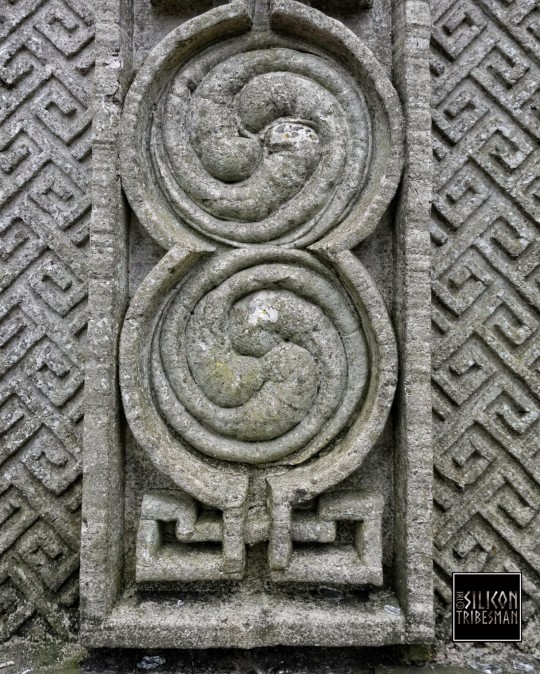

David Harding's 'Henge', Glenrothes, Scotland
#henge#archaeology#contemporary art#artwork#relic#concrete#sculpture#symbols#history#outdoors#landscape#Scotland#language
183 notes
·
View notes
Text
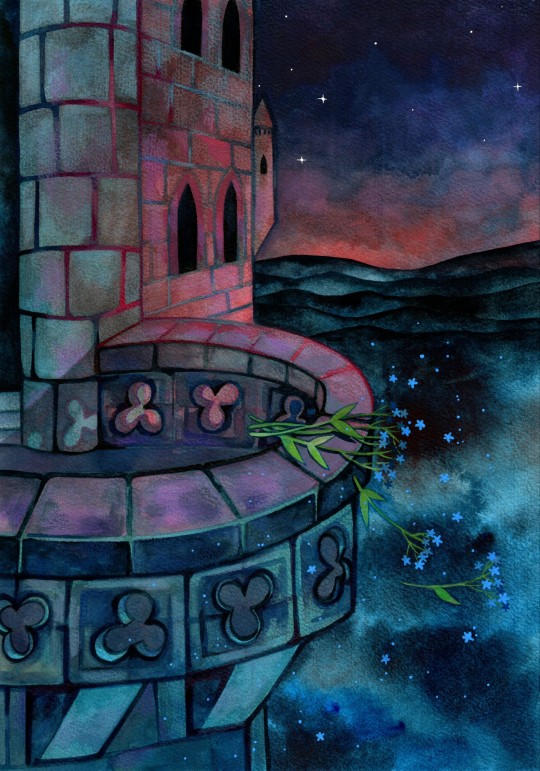
Forget Me Not.
#art#my art#artists on tumblr#artwork#illustration#watercolor#watercolour#gouache#markers#mixed media#paint#painting#draw#drawing#landscape#fantasy ambient#fantasy#ambient#surreal#flower language#flower#forget me not#whimsical#blue#colorful
81 notes
·
View notes
Text

Which skyline is this? (don't check tags)
#new york#nyc#new york city#sky#landscape#skyline#city#cities#architecture#building#dark indie#dark#lights#nature#travel photography#uploads#nature photography#nature blog#insta: worldtalksblog#language
150 notes
·
View notes
Text





— Love languaje.
#frases#cosas#tumblr#citas#un chico que mira las estrellas#notas#textos#escritos#frase#letras#love language#no love#in love#language#landscapes#sky#mood#books#romantic aes
130 notes
·
View notes
Text
View of the Pedraforca mountain, in the Pyrenee mountain range. Central Catalonia.
When there's a small layer of snow like this, in the Catalan language we call it an "enfarinada", whose literal translation would be "sprinkled flour", because it looks like the top, thin layer of flour on a bread.
Video by Visit Pedraforca (Instagram, Facebook).
#pedraforca#catalunya#llengua catalana#fotografia#travel#nature#snow#winter#mountains#landscape#landscape photography#nature photography#catalonia#beautiful places#earth#europe#catalan#languages#beautiful views
56 notes
·
View notes
Text
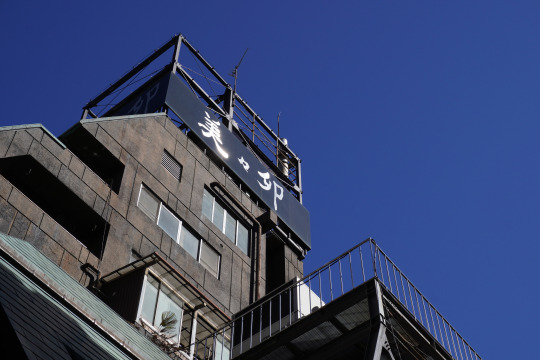
#architecture#japan#tokyo#building#street#street photography#signage#sign#street art#urban photography#urban#city#photographers on tumblr#blue sky#kanji#japanese kanji#japanese language#sun#urban exploration#urban landscape#urban life#city life#buildings#urban fantasy#typography#art#design#東京#日本#photo
43 notes
·
View notes
Text
How the Renaissance Shaped the Italian Language
The Renaissance, a period of immense cultural, artistic, and intellectual growth in Europe, played a crucial role in the development of the modern Italian language. This era, spanning the 14th to the 17th century, witnessed a revival of interest in the classical art, literature, and learning of ancient Greece and Rome, significantly influencing the evolution of the Italian language.
Dante Alighieri's Contribution:
Dante Alighieri, often referred to as the "Father of the Italian language," was instrumental in establishing the Tuscan dialect as the standard for the Italian language. His most famous work, "The Divine Comedy" ("Divina Commedia"), written in the early 14th century, was one of the first major works of literature written in the vernacular, i.e., the local Tuscan dialect, instead of Latin. Dante's choice of the vernacular over Latin marked a pivotal moment in the development of Italian as a literary language.
Dante's works demonstrated the expressive and aesthetic possibilities of the Italian language, elevating its status and proving it could be used for serious, high literary pursuits, a domain previously reserved for Latin.
Petrarch's Influence:
Francesco Petrarca, known as Petrarch, further solidified the use of the vernacular in literature. He is best known for his Italian sonnet sequences, which focused on themes of love, personal reflection, and the human experience. Petrarch's poetry, particularly his "Canzoniere" (Songbook), greatly influenced Italian literature and language. His refined use of the vernacular and his development of the Italian sonnet format set a standard for lyrical poetry in Italian.
Boccaccio's Contributions:
Giovanni Boccaccio, another key figure of the Italian Renaissance, also contributed significantly to the development of the Italian language. His most famous work, "The Decameron," is a collection of novellas written in the vernacular. It not only had a profound impact on Italian literature but also helped to shape the Italian language by demonstrating its suitability for both serious and more lighthearted, secular topics.
Impact on Standardizing Italian:
The works of these authors were essential in the standardization of the Italian language. Their choice of the Tuscan dialect, particularly that of the Florentine region, as their literary medium contributed to its status as the basis of standard modern Italian.
Legacy and Continued Influence:
The Renaissance's focus on humanism and the return to classical sources also played a role in shaping the Italian language. This period encouraged a deeper exploration of the human condition, emotion, and intellect, aspects that were deeply integrated into the Italian language through literature and art.
In sum, the Renaissance was a period of reawakening that not only rediscovered the riches of classical antiquity but also set the foundation for the development of the modern Italian language. The works of Dante, Petrarch, and Boccaccio were not just literary masterpieces but also linguistic milestones that established the prestige and potential of the Italian vernacular, leading to its evolution into the modern Italian language we know today.
#italian language#learning italian#italian linguistics#renaissance#italian#italian literature#italian culture#romance languages#learning latin#latin linguistics#latin language#roman#italy#italian landscape
32 notes
·
View notes
Photo

October Commission
Scenery illustration requested by Rune_CH (twitch)
For more information about commissions, see here
#scenery#vtuber#japanese streetwear#bright colors#eye strain#urban#city landscape#vaporvawe#cyberpunk#neon lights#commission art#other people's ocs#star of the show#japanese streetstyle#purple#anime#dog#did you guys know there is a lore ipsum generator for japanese and so many other languages
185 notes
·
View notes
Text

Landscape Language
Skirting effect (noun) – trees with denser branches towards the ground
It may be summer, but signs of Mount Rainier’s long winters are still visible in the landscape. Look for the "skirting" effect on trees with stunted upper branches and longer, denser branches near the ground. Harsh winds stunt the higher branches, while snow protects the lower growth. At this location, the changes in the branch growth reveals that the typical snowpack is about 5-6 feet (5’9” person for scale). What other signs of winter are you still finding in the park?
NPS Photo of skirting effect on a subalpine fir along the Crystal Lakes Trail, 7/4/23. ~kl
76 notes
·
View notes
Text

"Trust the Process," graffiti, Montréal, 2023.
#urban landscape#graffiti#language#montréal#quebéc#canada#2023#photographers on tumblr#black and white
16 notes
·
View notes
Photo

Language of the Night - Victoria Crowe , 2021.
Scottish, b. 1945-
Oil on board , 81 x 61 cm. 32 x 24 in.
185 notes
·
View notes
Text
I've been learning more about comic book history. Anyone care for some toxic yaoi from the 1910s? (Krazy Kat by George Harriman)
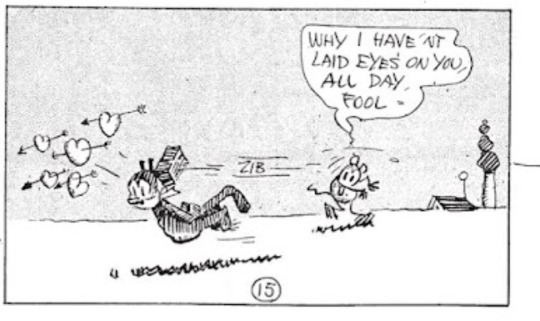
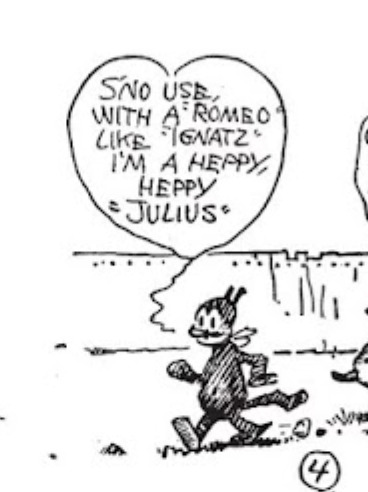
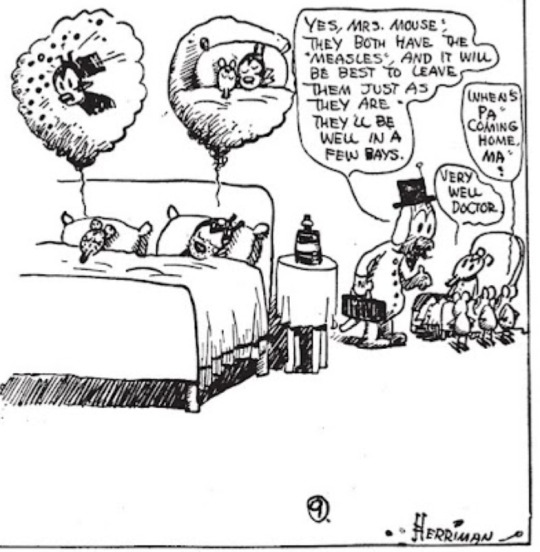

(ok so the cat is gendered male most of the time, but sometimes gendered female and I just wanted to to say that. Yay for a non binary protagonist!)
#Krazy kat#'tis sum krazy stuff I'll tell ya#comic book history#so much interesting things about it#the bizarre morphing liminal desert landscape#the playful spelling and mix of several languages#how the creator had to hide his racial identity
11 notes
·
View notes
Text

The towers of San Gimignano. 🇮🇹 (Mixed media on paper)📓
#bell tower#medieval art#medieval architecture#medieval city#san gimignano#Florence#florence italy#italian landscape#italian language#plein air painting#plein air#study abroad#leaning tower of pisa#firenze#travel journal#travel diary#europe travel#travel italy#italy travel#italy trip#towers#tuscany#italian art#italian architecture#italian#roman architecture#roman art#gouache#gouache painting#art commissions 2023
21 notes
·
View notes